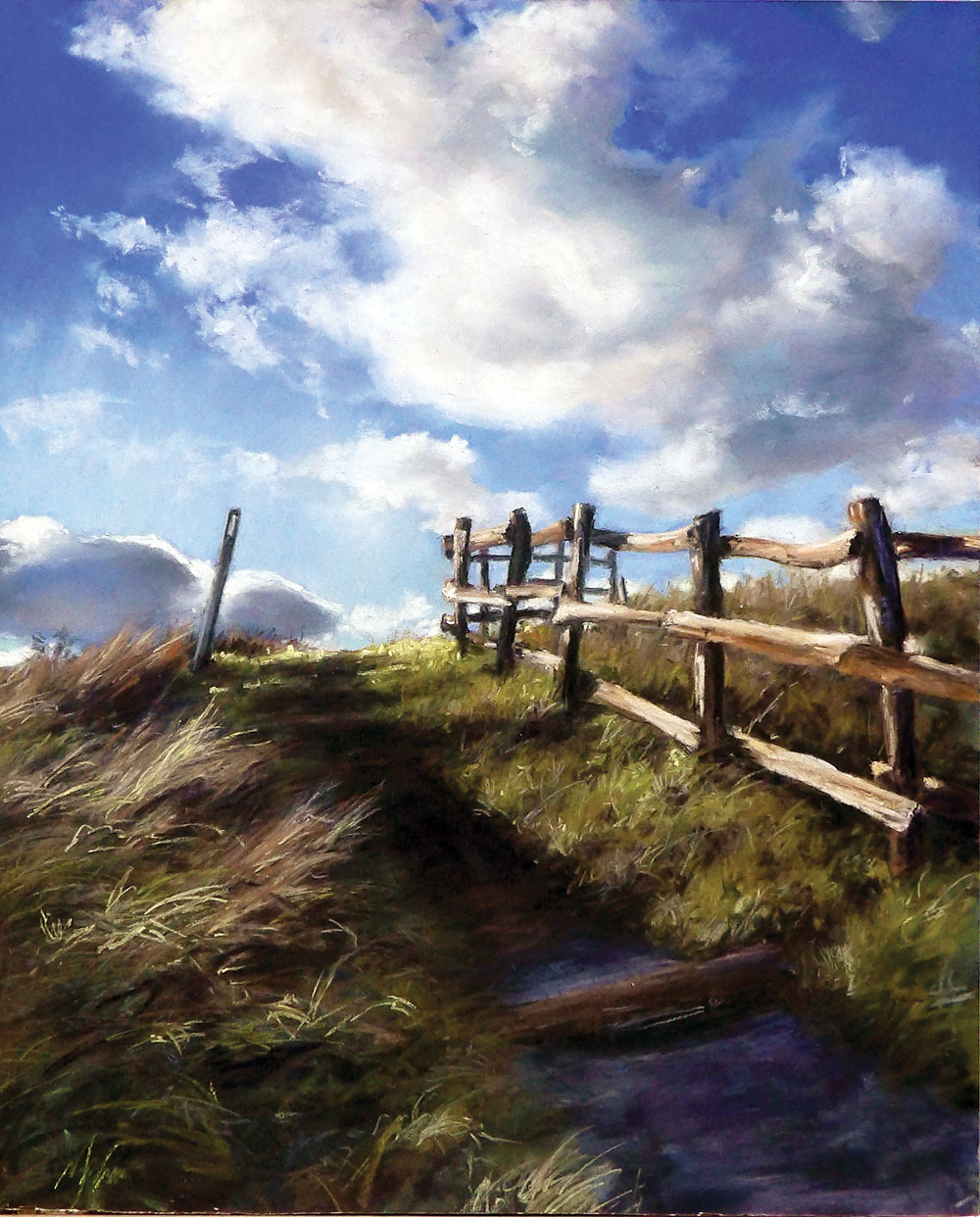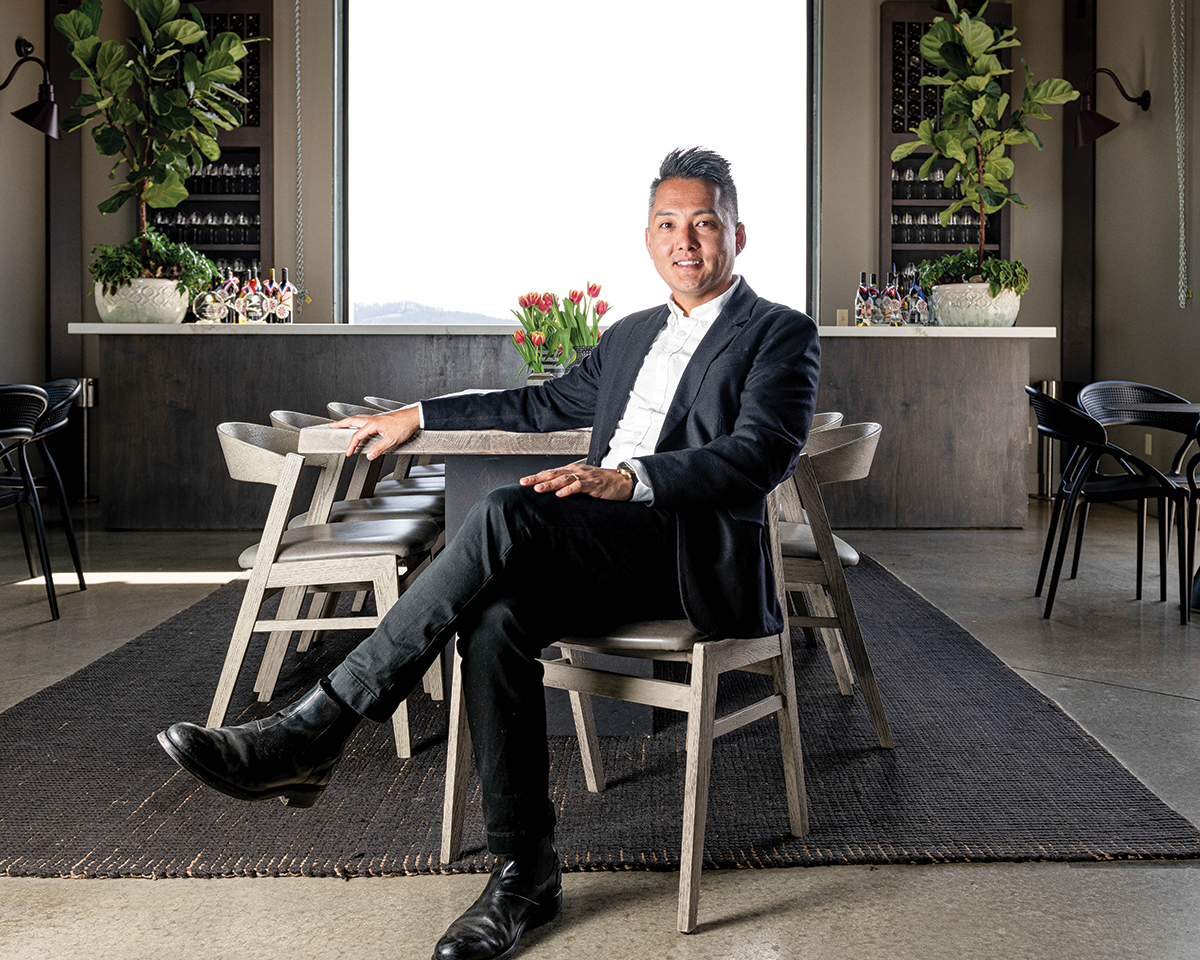
Christina Lovin willbe the first Writer-in-Residence at the Carl Sandburg National Historic Site in Flat Rock.
It’s only fitting that Christina Lovin would be the first Writer-in-Residence at the Carl Sandburg National Historic Site in Flat Rock.
First of all, she’s a fine poet and writer with a long resume of awards, residencies, and publications. And she describes herself as “a storyteller more than a lyric poet,” a reference that fits well with the Sandburg legacy. She also shares a hometown with the Lincoln biographer. She grew up in Galesburg, Illinois, Sandburg’s birthplace, and as a child helped raise money to renovate the famous poet’s home there.
As the Writer-in-Residence, Lovin will live in the historic Farm Manager’s House on the grounds of the Sandburg home for three weeks during March 2010. She will participate in one community program during the residency and use the rest of her time at the farm to work on her original poems.
She is the author of What We Burned for Warmth and Little Fires. An award-winning poet and two-time Pushcart nominee, her work has been widely published and anthologized. Lovin, who teaches writing at the college level, has been supported as a writer by the Elizabeth George Foundation, the Kentucky Foundations for Women, and the Kentucky Arts Council.
Lovin says she is very excited about the time she’ll spend at the Sandburg home. “What is most attractive to me at any residency is time and opportunity to write, away from the hectic schedule of academia. I was, of course, interested in this particular residency because of the connection with Sandburg, my hometown, and my Swedish heritage. I have been a writer-in-residence twice before [Devil’s Tower National Monument in Wyoming and Andrews Experimental Forest in Oregon]. I loved that experience of living somewhere somewhat exotic for a short time and being part of the park. The residency at Connemara interested me for the same reasons: time to write, solitude, a new and lovely place to spend some time, and the prospects of being part of something important, if only for a few weeks.”
Lovin has some specific writing in mind for her time at Connemara. “I have been working on a project that relates to growing up female in the 1950s and ’60s. I still have a bit of polishing to do on that manuscript to get it ready for submission to publishers. Plus, I fear there are still a few poems that are insisting on being written for this manuscript. I’ve done a great deal of research on what was happening to and for women in those years between World War II and the Vietnam War, but have not been able to write all the poems that are orbiting around in my mind. Speaking of orbiting, the working title of this collection is ECHO. Although the mythical figure Echo was a woman and there are a few nods to her in the manuscript, the title refers more to the two satellites sent up by the U.S. in 1960 and 1964.
“Besides my intention to complete a few new poems, it is my hope to organize all the work for this project into some sort of artistic arc, so that I can begin submitting it to publishers later this summer. I really need to add that, for this project in particular, the Kentucky Foundation for Women has been very generous in supporting my poetry.”
Lovin says that her poetry falls mostly under the heading of narrative or lyric/narrative verse.
“When I write a poem,” she says, “there is nearly always an event (whether past or present) that has inspired me, some story around which the poem revolves. Sometimes the story is very visible, like the siding on a house. Sometimes the story is more like the interior structure of a building, and only I know what truly happened. For a few years, I was writing a great deal about lost love because I was going through a divorce. It seemed that all the little occurrences of a courtship and marriage took on new meanings.
The residency program at Sandburg’s Connemara home, according to Connie Backlund, the Superintendent of the historical site, was originally the vision of Lillian Steichen Sandburg, the poet’s wife. Mrs. Sandburg wanted her family’s farm to become a place of inspiration for future generations of writers. The program, says Ms. Backlund, will continue on an annual basis and, with the support of Friends of Carl Sandburg at Connemara, will offer poets an opportunity to live and work at the home. Housing, a studio and a stipend are part of the program. Applications for 2011 will be due in October 2010.



